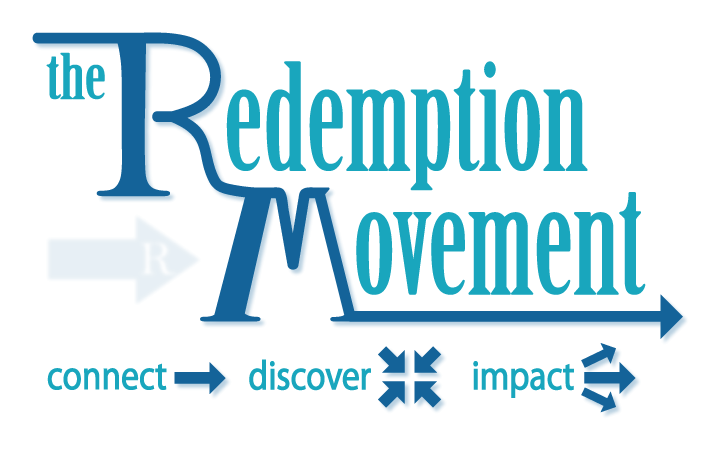
If you are coming across this blog for the first time because you clicked on a link that was in a survey you received in your e-mail, then I welcome you to read more and check out the first steps of a new church, and also I thank you for your participation in the survey.
Finding out new things about Oneonta is my passion, the better I know the community, the more good I believe the church can do. Exhausting my online sources about Oneonta, and needing specific religious questions answered, I thought an e-mail survey would be the best way to ask a high number of people specific questions. I originally thought a phone survey would work, but upon trying I felt too much like a telemarketer, and I know how people feel about telemarketers...let's just say it is not a good association for a new church's first impression. I also know people dislike spam e-mail, so I tried to personalize and localize the survey as much as possible. E-mail was probably my best option seeing as I am currently living in Missouri and cannot feasibly take a day trip to Oneonta, set up a booth on Main Street, and ask people survey questions.
Here is a copy of the survey questions I sent out to over 3,000 e-mail addresses in Otsego County. Each question is designed to give me insight into certain issues that a church planter must be informed on to shape a church that effectively impacts the community. What I want to do is answer my own questions with my motives behind the questions. A sort of "behind the scenes" if you will.
1. Would you say the values and economy of the Oneonta community, make it easy or hard for an individual entrepreneur to start-up a new service-oriented business?
*Starting a new church is similar to starting a new service business in many ways. If a community is purposely structured to make it easy on a new business, it should also be beneficial for a new church to start up. The answers I get back for question #1 will not shake my commitment to church plant in Oneonta, but I do want to know what I am in for.
2. Would you say Oneonta offers sufficient evening entertainment for it's residents, or do community members often travel to larger cities for evening entertainment?
*One of my main pushes I would like to do with a new church is not to have main gatherings on Sunday mornings (when all the other churches are meeting), but instead, to mainly meet on Friday or Saturday evening, lasting late into the night. I need to know, do people stick around Oneonta on the weekends? Are people looking for more options on how to spend their free evenings in Oneonta? Answers to these questions will be very important in choosing when to meet and what level (if any) of entertainment should the church offer?
3. What social needs in Oneonta do you feel to be the most prevalent and the most urgent?
*I believe strongly that a church should reach out and help people in their community. I can guess what needs exist based on statistical data, but hearing directly from people living in Oneonta will tell me so much more. I would like the outreach efforts of the church to be maximized, these answers will help with that.
4. Do you think a new church making strong efforts to reach the social needs of Oneonta would be welcomed by the community?
*Okay, I'll be honest, question #4 is less for the surveyor and more designed for the surveyee. This is my settle way to connect the grim needs contemplated about in question #3 with the hope to meet those needs a church can offer. It is unfortunate but I have found many people do not even consider the church as a source of help in troubled times ("all they do is gather and sing"), question #4 will hopefully help people see this new church, and every church, in a new light of helpfulness.
5A. Do you believe that God is concerned with you on a personal level?
5B. If yes, would you say you believe in the message of the Bible as taught by Christianity?
5C. If yes, does your belief in the Christian faith include participating in a local church?
*Where does a new church start with the content of the preaching? The goal is to have unchurched people put their faith in the Jesus revealed in scripture, and from there participate in the church community to grow their faith in Jesus. Is Oneonta full of Christians and I will be preaching to the choir which means I can get deep with Bible teachings? Or is Oneonta full of skeptics who do not see purpose in the Bible or church? If I know the spiritual state of the audience, the approach with the sermons I preach will change significantly depending on what stage the audience is generally at in their journey with God.
6. How would you describe the influence churches have on the culture of Oneonta and the surrounding area?
*I believe churches should be very influential in shaping the culture of a community--I do not believe faith is a personal hush-hush thing. This influence is to be achieved not by political means, but by Christians authentically living out their faith within the community, and by actively doing good for the community. Question #6 is meant to see if Oneontians generally share this value or not.
7. What is your opinion of a new church using modern methods and technology to communicate their message?
*I am sure we do church in the Midwest different than in the Northeast. I am big into video, slideshows, modern music, all those things. I get the impression the Northeast is heavier on the liturgy aspect of ministry. I do not think one way is bad and the other is good, but I would hate to impose my way of a modern church onto a culture that is offended by it. But if people are open to new methods and technologies then I will fire up the video projector and pop the popcorn.
8. What is your opinion of these Christian groups: 1. Evangelicals? 2. Pentecostals? 3. Catholics? 4. Non-denominational? (If you do not have an opinion please indicate with "no opinion.")
*This is to determine how heavy a new church should present its' denominational ties.
In the next month I have to make a presentation of the church's purpose, mission, ministry strategy, etc. etc., to my superiors for approval and support--this progress will be chronicled on this blog. I feel the more research I put into it the better it will go, especially in the area of designing a church for Oneonta instead of imposing my ideas of a church onto Oneonta as I perceive it. Thank you for your help and your insight, feel free to check back often and even drop me a line. Your interest in this project will go along way in esatblishing a good church for the Oneonta community.













